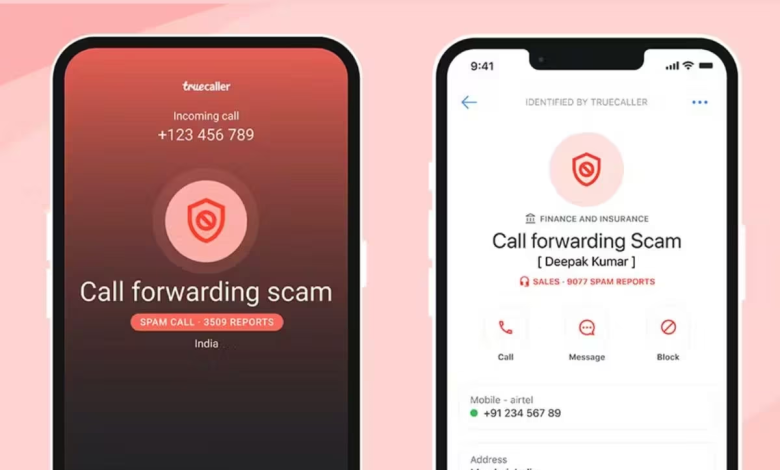Discontinuation of USSD-Based Call Forwarding Facilities: What You Need to Know

In recent news, the Department of Telecommunications (DoT) has issued directives to telecommunication companies to discontinue USSD-based call forwarding facilities starting from April. This move has significant implications for users and the telecom industry alike. Let’s delve into the details and understand the reasons behind this decision.
Understanding USSD-Based Call Forwarding
What is USSD?
USSD, or Unstructured Supplementary Service Data, is a protocol used by GSM cellular telephones to communicate with the service provider’s computers. It enables users to access various services, such as prepaid callback service, mobile-money services, location-based content services, and more.
How Does USSD-Based Call Forwarding Work?
USSD-based call forwarding allows users to divert incoming calls to another number using a simple code. This feature is commonly used for call management purposes, such as when users are unavailable or unreachable on their primary number.
The Decision to Discontinue USSD-Based Call Forwarding
Regulatory Concerns
The decision by the DoT to discontinue USSD-based call forwarding stems from regulatory concerns. There have been instances of misuse of this service, including fraudulent activities and security breaches. By discontinuing this feature, the DoT aims to mitigate these risks and enhance the security of telecom services.
Technological Advancements
Additionally, the telecom industry is witnessing rapid technological advancements, with newer and more secure methods of call forwarding available. Discontinuing USSD-based call forwarding paves the way for adopting these advanced technologies, ensuring a safer and more efficient telecommunication ecosystem.
Impact on Users and Telecom Companies
User Convenience
While the discontinuation of USSD-based call forwarding may inconvenience some users initially, it is a step towards ensuring a safer and more secure telecommunication environment. Users are encouraged to explore alternative call forwarding options provided by their service providers.
Compliance by Telecom Companies
Telecom companies are required to comply with the directives issued by the DoT and ensure the seamless transition away from USSD-based call forwarding. This may involve updating their systems and educating customers about the discontinuation of this service.
The discontinuation of USSD-based call forwarding facilities by the Department of Telecommunications reflects a proactive approach towards addressing regulatory concerns and embracing technological advancements in the telecom sector. While this decision may require adjustments from users and telecom companies alike, it ultimately contributes to a safer and more secure telecommunication ecosystem.
FAQs
- Why is the DoT discontinuing USSD-based call forwarding?
- The DoT is discontinuing USSD-based call forwarding to address regulatory concerns and promote the adoption of more secure telecommunication technologies.
- What alternatives are available for call forwarding?
- Users can explore alternative call forwarding options provided by their service providers, such as voice-over-IP (VoIP) services or mobile applications.
- How will telecom companies comply with the DoT’s directives?
- Telecom companies are required to update their systems and educate customers about the discontinuation of USSD-based call forwarding to ensure compliance with the DoT’s directives.
- Will the discontinuation of USSD-based call forwarding affect user convenience?
- While there may be some initial inconvenience for users, the discontinuation of USSD-based call forwarding contributes to a safer and more secure telecommunication environment in the long run.
- Are there any security risks associated with USSD-based call forwarding?
- Yes, there have been instances of misuse of USSD-based call forwarding for fraudulent activities and security breaches, prompting the DoT to take action to mitigate these risks.









